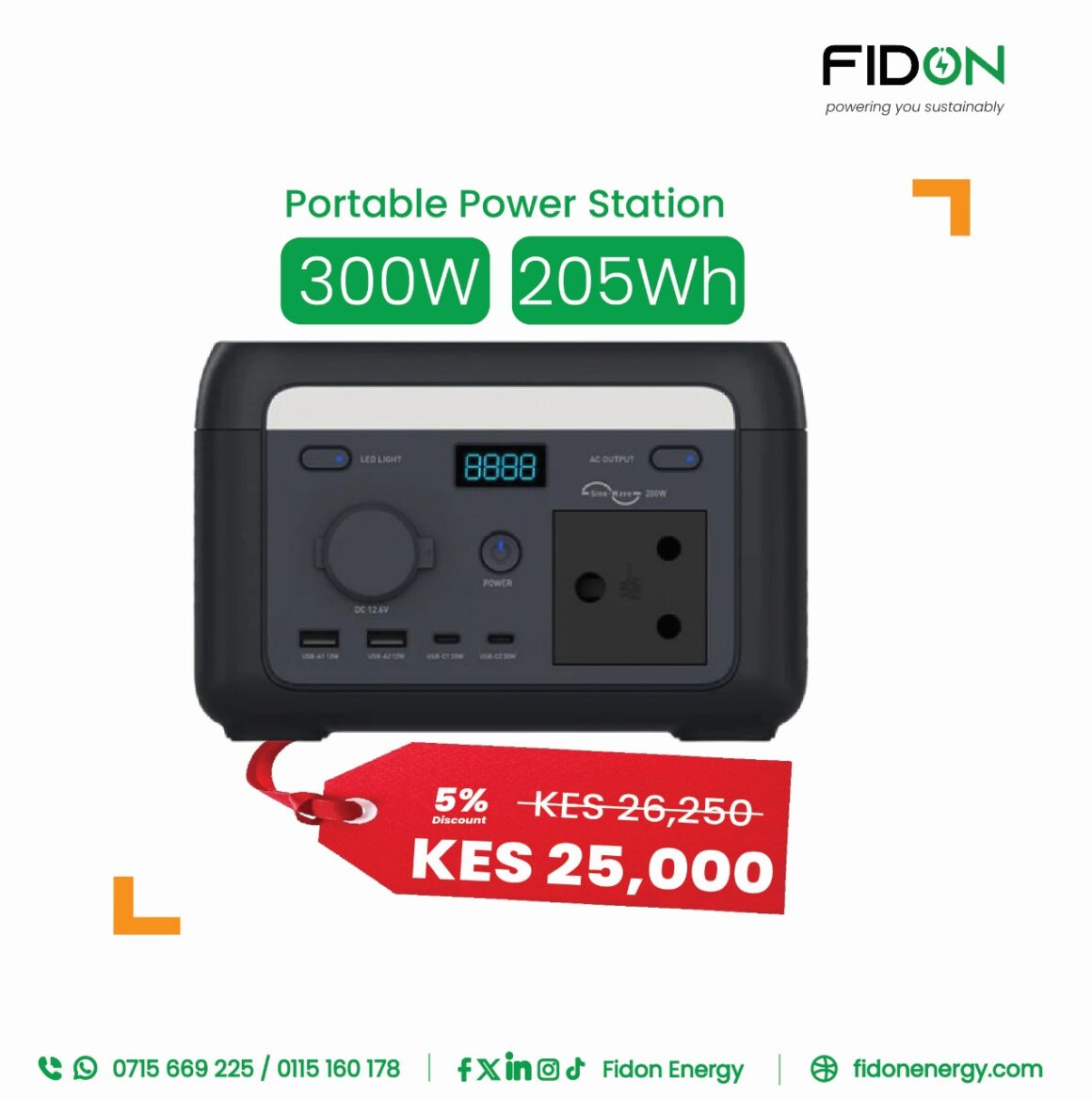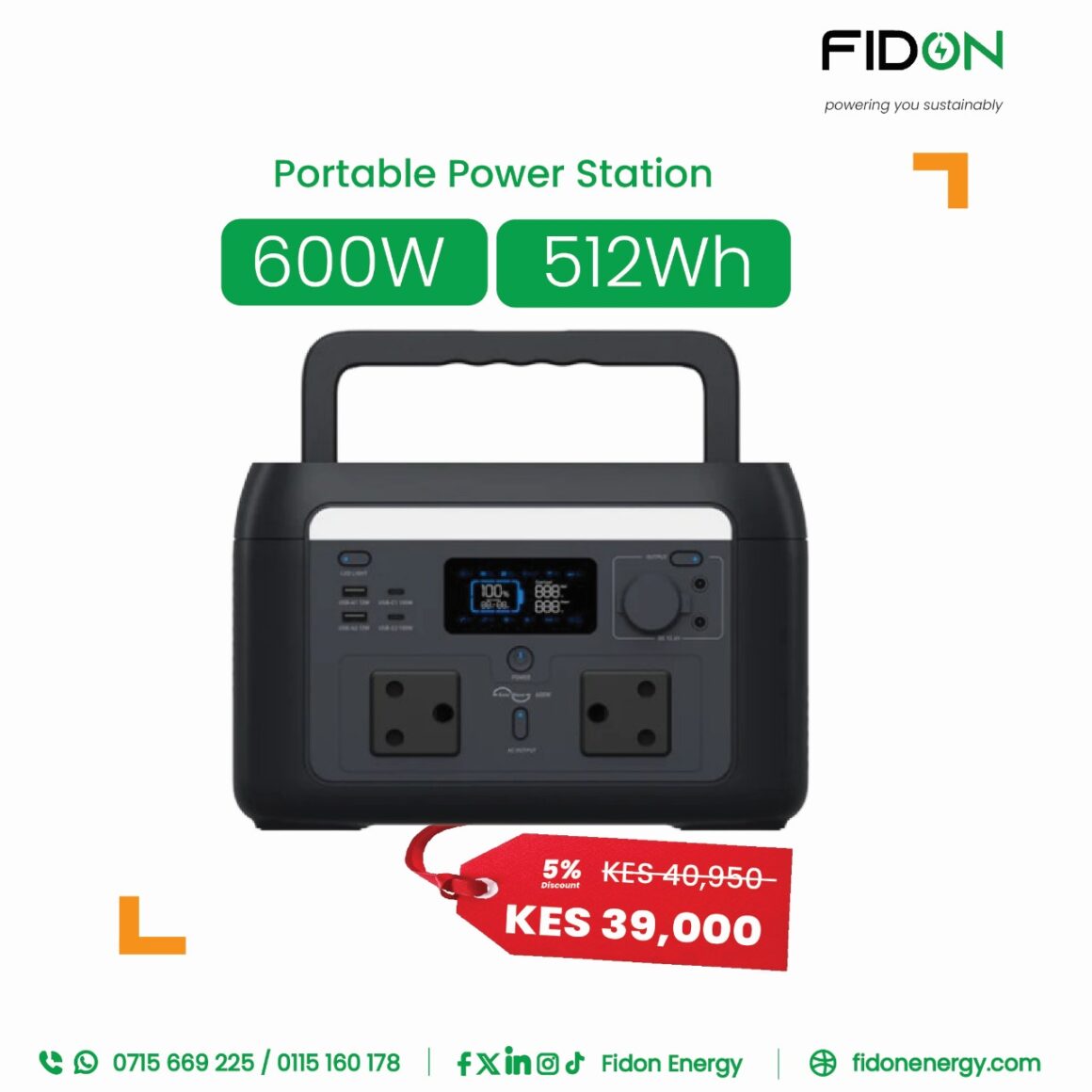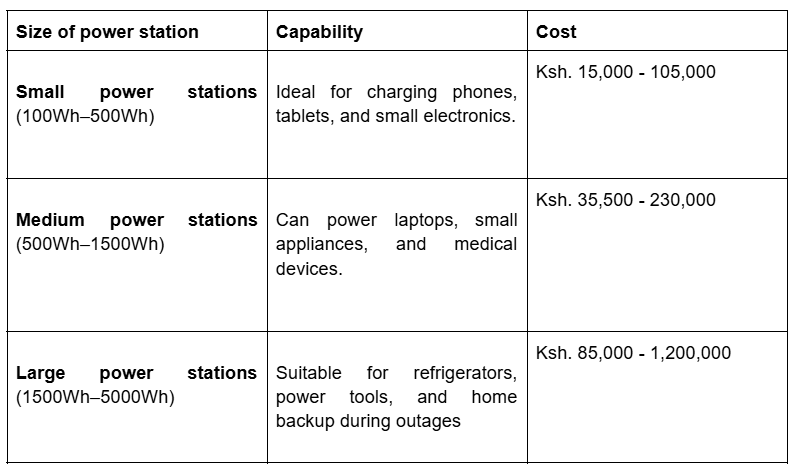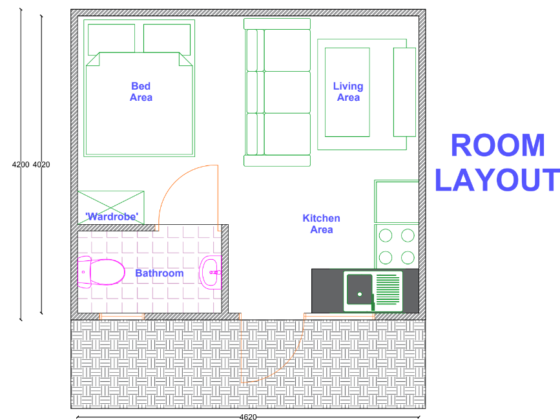Whether you find yourself needing electricity in an area that does not have access to the grid or you just need to continue working when black outs occur in your area, the Portable Power Stations may be the answer you need. They are perfect for power outages, remote work and various outdoor adventures, keeping you connected.

How do they work?
They are composed of various elements, the most important being the battery that’s rechargeable. The battery can be either lithium iron or lead acid, with lithium ion being more common The energy in the battery needs to be converted to AC from DC as most appliances use alternating current. This is the work of the inverter which is a part of the portable power station. . When the battery is charged, it’s possible to draw power from it using the different output ports, such as USBs, AC sockets and even DC sockets depending on the model you choose. They also have a battery management system to reduce the risk of overcharging, overheating and short circuiting.
How much energy do they hold?/What can they charge?
Power stations are usually rated in Watt Hours. They are typically banded in the following categories:
1. Small power stations (100Wh–500Wh) – Ideal for charging phones, tablets, and small electronics.
2. Medium power stations (500Wh–1500Wh) – Can power laptops, small appliances, and medical devices.
3. Large power stations (1500Wh–5000Wh) – Suitable for refrigerators, power tools, and home backup during outages.
The exact capacity you need depends on what devices you plan to power. If you want to calculate runtime (How long you will be able to charge for) , divide the power station’s Wh rating by the wattage rating of your device. For example, a 1000Wh station can run a 100W appliance for about 10 hours. An important thing to note is that the power extracted from the Portable device can be lower due to the fact that the power station must run the inverter and the battery management system. One must also account for the system losing some energy as heat. Generally, one needs to carefully research the efficiency of these systems before buying them.

What are the ratings of commonly used machines?
The power ratings of commonly used machines vary depending on their function and size. Here are some general estimates:
1. Smartphones & Laptops – 5W–100W
2. LED TVs – 50W–200W
3. Refrigerators – 100W–800W (depending on size and efficiency)
4. Microwaves – 800W–1500W
5. Washing Machines – 500W–2000W
6. Air Conditioners – 1000W–5000W
7. Power Tools (Drills, Saws) – 500W–1500W
8. Electric Kettles – 1500W–3000W
These power ratings clearly show that the Portable power station is most applicable for Smartphones, laptops and LED TVs.

Costs of Portable Power stations in Kenya
The technology is quickly being adopted and therefore the prices might change with time. But here are some general prices of power stations in Kenya.
If you would like more information and affordable power stations Hinen power stations,
Portable Power Stations Retail Prices – Hinen (May, 2025)
- PS200/102Wh – Ksh 19k
- PS300/205Wh – Ksh 25k
- PS600/512Wh – Ksh 39k
- PS1800/1kWh – Ksh 85k
- PS3000/2.56kWh – Ksh 132k
Kindly reach out to 0715 669 225 or info@fidonenergy.com.
I hope this reading has been useful.









